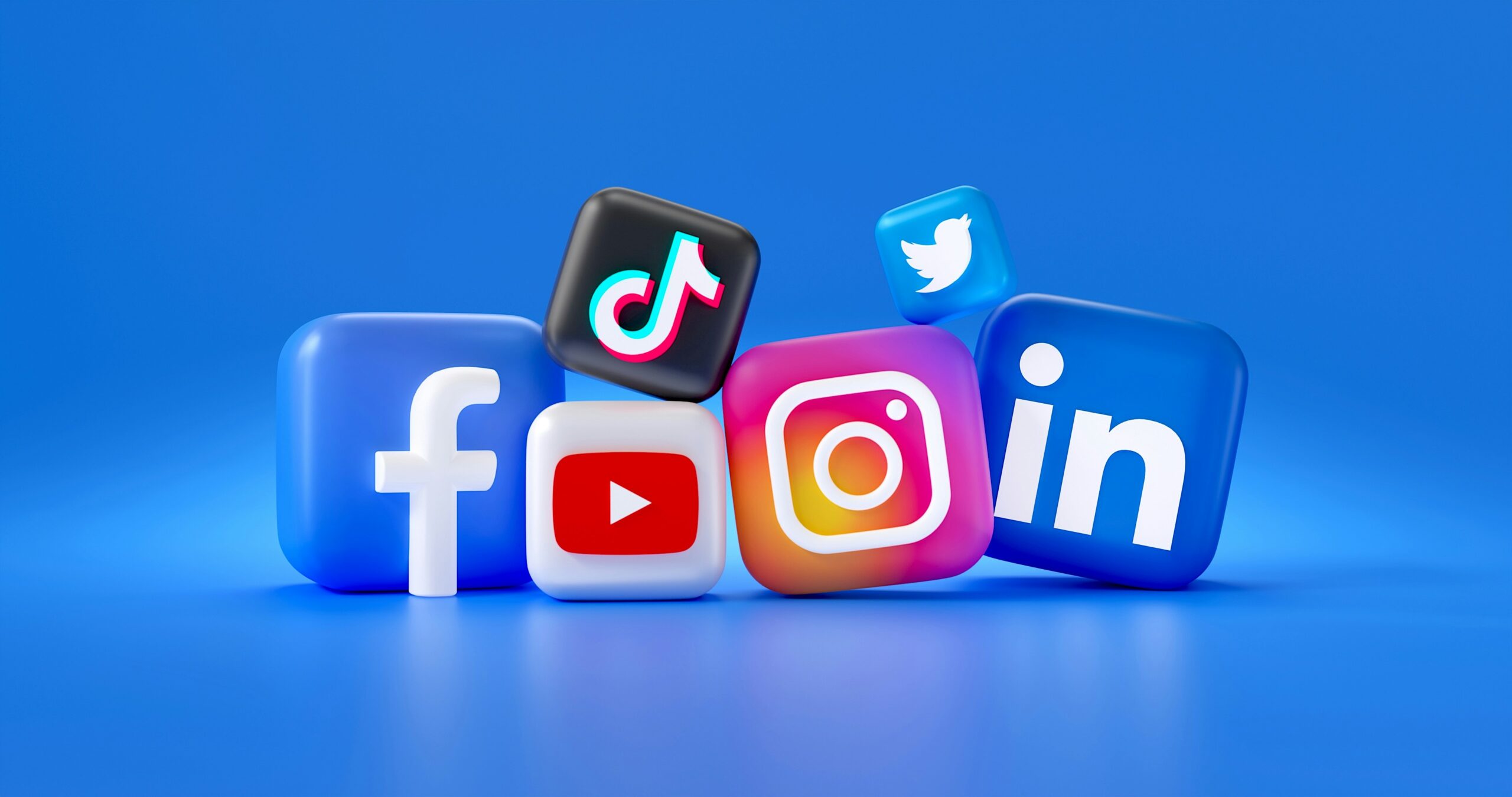Turn One Blog into 10 AI Socials

Creating consistent content on social media doesn’t mean starting from scratch every week.
Why reinvent the wheel when everything you need is already written?
Repurposing one well-written blog post into a stream of high-quality, platform-specific social posts is the smartest, most efficient way to stay visible without burning out!
With AI, that process is faster and more scalable than ever.
This guide walks you through how to turn a single blog post into 10 distinct social assets using free or low-cost AI tools.
Let’s help reshape your content so it fits the platform, the audience, and the moment you want to target.
Step 1: Choose a Blog with Clear Structure and Value
Start with a blog post that’s built to convert—ideally one with clear sections, strong insights, and useful takeaways. How-to guides, listicles, strategic explainers, or tutorials work the best.
What you’re looking for:
- Subheadings that segment the content
- A defined audience and topic
- Actionable advice or contrarian insights
Example title: “How to Build a Chatbot Lead Magnet Fast”
From this post alone, you can extract tips, quotes, questions, visuals, and even short video ideas.
Step 2: Run the Blog Through AI Summarization
Use an AI summarizer like ChatGPT (free or Plus), Claude, or Notion AI to create a condensed version of the blog in a few sentences. You’ll use this summary as the basis for multiple formats.
Prompt example:
“Summarize the key takeaways from this blog post in 3–4 bullet points, written in a tone suitable for LinkedIn.”
Repeat for other tones or platforms. You’ll use these as raw inputs for your social drafts.
Step 3: Extract 3 Standalone Tips or Takeaways
Most blog posts contain at least 3 practical takeaways. Use AI to isolate them in clean, shareable language.
Prompt:
“From this blog, extract 3 specific tips or recommendations. Format each as a standalone insight for social media.”
Each tip becomes its own short post. You can now format them for Twitter, LinkedIn, or even as carousel captions.
Step 4: Create a Visual Quote or Stat Card
Find a strong sentence or statistic and turn it into a graphic. AI tools like Canva’s Magic Design or Microsoft Designer can generate post-ready visuals from text.
Prompt:
“Identify one bold or contrarian sentence from this post that would make a strong social graphic.”
Then, paste it into your design tool, add a clean background, and export for Instagram, LinkedIn, or Pinterest.
Step 5: Build a Carousel (Swipe Post)
Turn the main blog post into a 5–7 slide carousel. Each slide should:
- Focus on one insight
- Keep text minimal
- Include a call to action on the last frame
Use AI to structure the post.
Prompt:
“Turn this blog post into a 5-slide LinkedIn carousel. Each slide should introduce one actionable step or idea.”
Then plug that into Canva or Pitch to design it visually.
Step 6: Generate a Twitter Thread or X Series
Convert the blog into a short Twitter thread (4–7 tweets) that reads as a narrative or rapid-fire tips.
Prompt:
“Turn this blog post into a concise 6-tweet thread. Use a strong hook, number each tweet, and end with a CTA.”
You can also use Typefully or Hypefury to schedule and analyze performance.
Step 7: Script a 60-Second Video
Use the blog as a script source for a short-form video or reel. Tools like Opus Clip or Pictory can auto-generate short-form video from text or existing footage.
Prompt:
“Write a 60-second TikTok or YouTube Shorts script summarizing this blog post in an energetic, professional tone.”
Now you’ve got vertical content ready to shoot or generate with AI avatars if preferred.
Step 8: Build an Email Snippet or Preview
Use the blog summary and strongest quote to write a 2–3 sentence teaser for your newsletter or automated email.
Prompt:
“Write a short teaser for a newsletter that encourages readers to click and read this blog. Make it concise and curiosity-driven.”
Now you have cross-channel promotion built in.
Step 9: Repurpose into a Poll or Question Post
Pull a central question from the blog and reframe it as an audience engagement post.
Prompt:
“Create a poll question based on the core concept of this blog. Offer 3–4 answer choices that invite participation.”
You can also ask open-ended questions on LinkedIn to start a conversation.
Step 10: Bundle Everything into a Weekly Plan
Now that you have 10+ assets, schedule them across platforms. Here’s a sample 5-day drip plan:
- Monday: Twitter thread
- Tuesday: Tip post or visual quote
- Wednesday: Carousel post
- Thursday: Short video
- Friday: Poll or engagement post
You can repeat this formula weekly, alternating topics and formats while keeping the voice and structure consistent.
Why This Works
Social platforms reward consistency, clarity, and content that feels native to the format.
AI allows you to scale that effort without duplicating it manually. Instead of one post and done, you’ve created a week’s worth of engagement from one high-quality blog.










